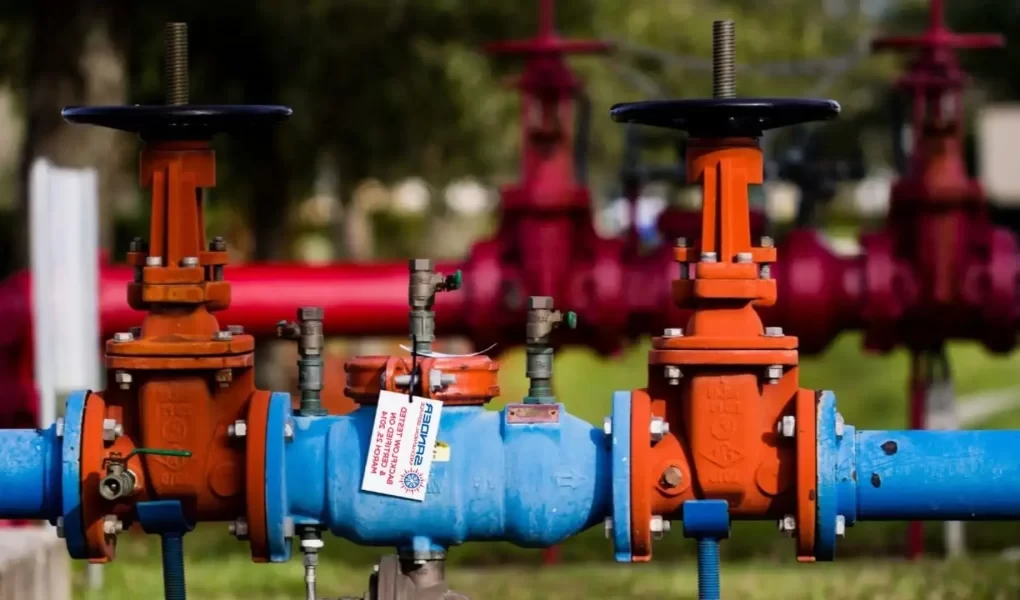Expecting a refreshing sip of clean water, only to discover something tastes off. Cross connections in plumbing can create serious health risks by allowing contaminants to mix with your drinking water. Understanding the ins and outs of cross connections not only helps protect you and your loved ones but also ensures the integrity of your entire plumbing system.
Understanding Cross Connection

Cross connection refers to any physical link between a potable water supply and a non-potable source. This can happen in various ways, often inadvertently through faulty installations or improper plumbing practices.
When these two systems connect, there’s a risk that contaminated water could flow back into the clean supply. This issue typically occurs due to backflow, where pressure changes cause dirty water from irrigation systems, sewage lines, or even chemical storage tanks to enter drinking water pipes.
Understanding cross connections is crucial for homeowners and businesses alike. Awareness of what constitutes a cross connection helps prevent dangerous situations before they arise. It’s not just about compliance it’s about safeguarding health and ensuring access to safe drinking water at all times. Recognizing potential hazards is the first step toward maintaining a secure plumbing environment.
Common Causes of Cross Connection in Plumbing
Cross connections can occur for various reasons, often stemming from improper plumbing practices. One common cause is the installation of hoses without backflow preventers. When a hose connects to a water source and submerges in contaminated fluids, it creates an open pathway for pollutants.
Another factor includes poorly designed irrigation systems. If irrigation lines are not adequately separated from potable water supplies, chemicals used in landscaping may infiltrate drinking water sources.
Faulty faucets and fixtures also contribute. If these devices malfunction or are outdated, they might allow non-potable substances to mix with clean water.
Cross connections can arise during maintenance work when plumbers inadvertently create links between two different types of systems. Awareness and proactive measures are essential to prevent these situations from developing into serious issues.
Potential Dangers of Cross Connection

Cross connections can lead to serious health risks. Contaminants from non-potable sources may seep into drinking water systems, posing significant dangers.
One of the primary concerns is backflow. This occurs when water flows in the opposite direction, allowing hazardous substances like chemicals or bacteria to enter clean water lines.
Imagine using a hose connected to a pesticide sprayer and inadvertently contaminating your household supply. Such scenarios aren’t uncommon and highlight real threats.
Cross connections can compromise public health safety standards set by local regulations. Waterborne illnesses often result from these situations, impacting entire communities.
The financial implications are also considerable. Clean-up efforts after contamination incidents can be extensive and costly for both individuals and municipalities alike.
How to Identify and Prevent Cross Connection
Identifying cross connections starts with awareness. Look for any potential links between potable water and non-potable sources in your plumbing system. Common culprits include hoses connected to spigots without backflow prevention devices.
Check for unusual changes in water quality or pressure. A sudden drop might indicate a backflow issue, leading to contamination.
Prevention begins with proper installation of fixtures and appliances. Ensure all hose bibs have anti-siphon valves installed to prevent reverse flow.
Regularly inspect your plumbing for signs of wear or leaks. Even small gaps can create opportunities for contaminants to enter the clean water supply.
Educating yourself and others about cross connections is vital too. Encourage everyone at home or work to be vigilant about how they use water sources, especially near chemicals or waste systems.
Importance of Regular Plumbing Maintenance
Regular plumbing maintenance is essential for the longevity of your system. Small issues can escalate quickly if left unchecked. Routine inspections help identify potential problems before they become costly repairs.
Keeping your pipes in good condition also ensures clean water flow throughout your home. Sediment buildup and clogs can compromise water quality, posing health risks to you and your family.
Maintaining your plumbing system saves money in the long run. Addressing minor leaks or blockages promptly prevents more significant damage that could lead to expensive renovations.
Don’t overlook the importance of checking fixtures and appliances as well. Faucets, toilets, and water heaters require attention too. A proactive approach not only enhances efficiency but also contributes to a safer living environment.
Dealing with a Cross Connection Emergency

When faced with a cross connection emergency, swift action is crucial. First, identify the source of contamination. This could be from an unprotected hose or faulty plumbing fixtures.
Next, shut off the main water supply to prevent contaminated water from spreading throughout your system. If you’re unsure how to locate it, consult your property’s blueprints or contact a professional plumber for assistance.
After securing the water supply, assess any visible damage or contamination in affected areas. Wear gloves and protective gear if necessary.
It’s essential to notify local authorities about potential health risks associated with cross connections. They can provide guidance on proper cleanup procedures and further actions needed.
If there’s significant contamination involved, consider hiring a certified service that specializes in water safety and remediation to ensure everything is restored safely and thoroughly before resuming normal use of your plumbing system.




